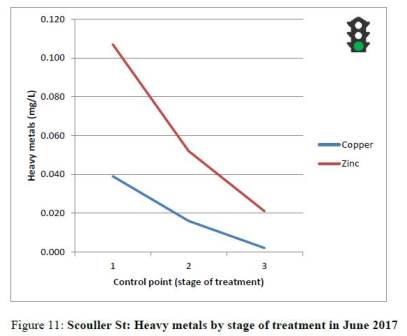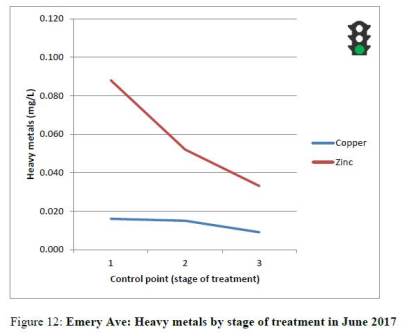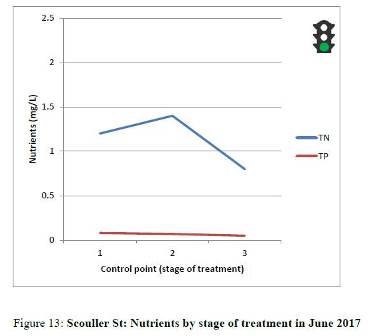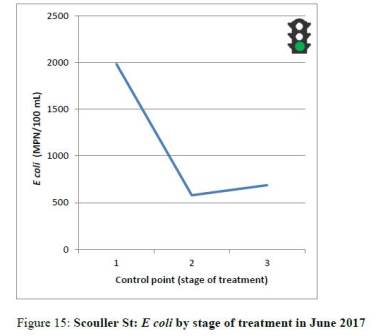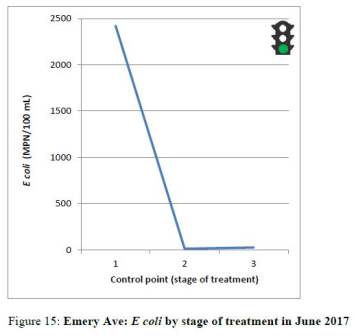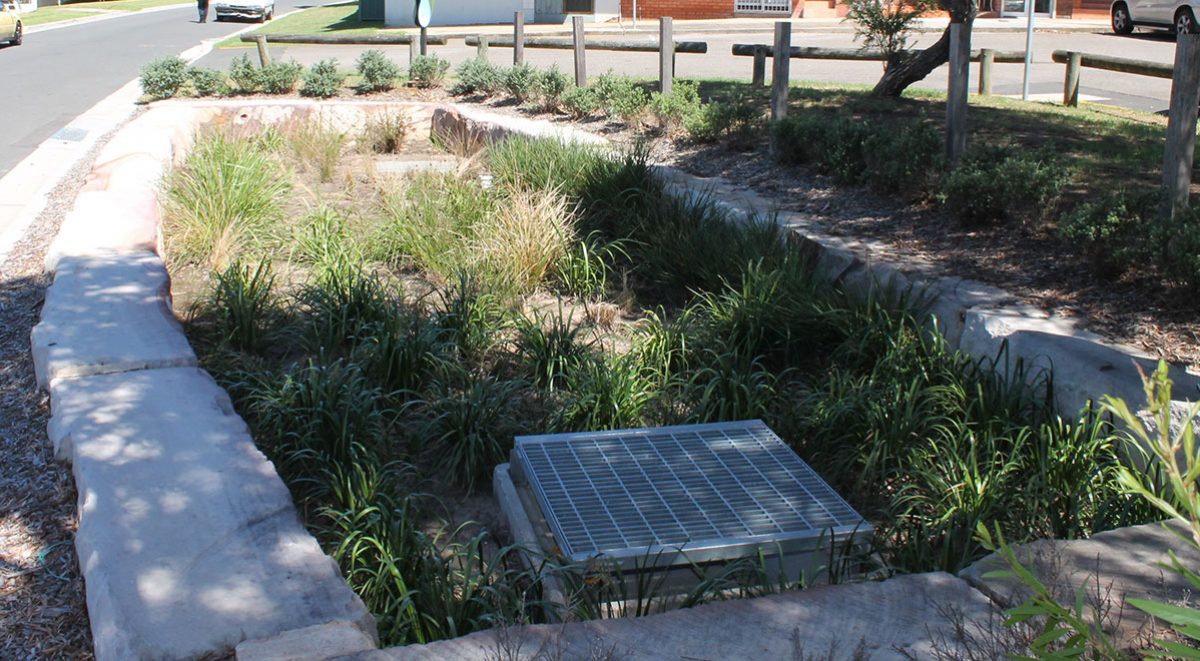
Since 2014, the Cooks River Alliance has been working with member councils to build a series of raingardens. With its vast impervious areas, stormwater is a significant issue for the catchment, as it collects rubbish and other pollutants as it flows into the Cooks River.
Raingardens are designed to collect stormwater run-off and to slow or stop their flow downstream. The plants and soil also work together to filter pollutants and sediments and improve the quality of water that goes on to flow into the river.
The project, made possible through funding from the Australian Government, has completed the construction of six raingardens, with one more still to be completed. More details.
The treatment of stormwater through the raingardens is being monitored through a partnership with Western Sydney University (WSU). WSU is installing monitoring devices in completed raingardens to provide information on how effective they are in the removal of physical, chemical and bacteriological pollutants.
Data is available once raingardens are properly established and some early outcomes are currently available from the first two completed raingardens at Scouller Street, Enmore and Emery Ave, Bankstown.
Heavy metal indicators:
At both Scouller Street and Emery Ave, the raingardens showed good removal of Zinc and Copper. In areas of low industrial development, these heavy metals are usually related to vehicles (tyres and brake linings) and road infrastructure (lamp poles, crash barriers etc.)
Nutrients:
Removal of nutrients such as nitrogen and phosphorus is an important function of the raingardens. Both Scouller Street and Emery Ave show good nitrogen removal.
Faecal indicator:
E coli is an important public health indicator used to show the quantity of faecal matter present in the water, and the potential for disease causing organisms.
At both sites, the street water had been contaminated with faecal matter (most likely from cats and dogs) to the point where it would only be considered suitable for controlled irrigation of trees or shrubs (according to ANZECC guidelines).
However, after biofiltration through the raingardens, the water reached a standard suitable for irrigation of food crops eaten raw.
- Scouller St raingarden monitoring Heavy Metals result June 2017
- Emery Ave raingarden monitoring Heavy Metals result June 2017
- Scouller St raingarden monitoring Nutrients result June 2017
- Emery St raingarden monitoring Nutrient result June 2017
- Scouller St raingarden monitoring E coli result June 2017
- Emery Ave raingarden monitoring E coli result June 2017
While it is still too early to draw fast conclusions from these results, they are of note and a promising indication of the effectiveness of the raingardens. Monitoring with WSU will continue through 2017-2018 and will include the more recently completed sites.
Subscribe to our newsletter to receive latest updates.
Learn how to build your own raingarden.

